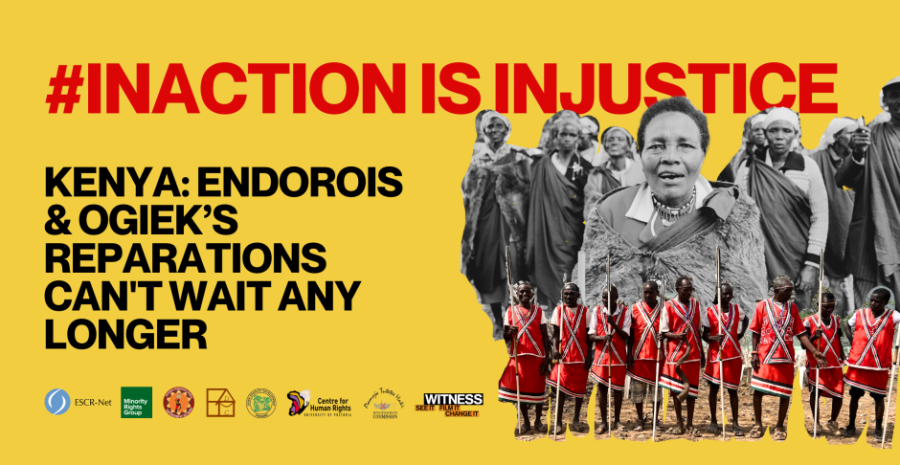Every society has cultural rules and customary strategies whose intent is to ensure reproductive continuity from generation to generation. Viable methods of infant care, child rearing and mate selection during adolescence are necessary for such continuity.
A cross-cultural study of the strategies that have been used over the course of human history to prepare boys and girls for marriage and reproduction contributes to our knowledge of adolescence and stimulates new thinking and research on how societies meet the universal tasks of preparing children for adulthood.
In many societies there are two recognized transitions - the first at the time of puberty, the second at the time considered appropriate for marriage. For the purpose of cross-cultural research we have defined adolescence as the period between these two events. The timing of the transitions, however, varies from one society to another.
According to the published ethnographic literature collected in the Standard Ethnographic Sample, the duration of adolescence, as previously defined, was four years or less in all the 46 preindustrial societies in the sample. In contrast, the duration of adolescence for middle-class whites in the US is reported to be slightly under eight years, and the range for modern postindustrial societies is between 6.9 and 11.8 years.
Family Size and the Duration of Maidenhood
Early marriage and a brief maidenhood makes use of the full female reproductive span and thus should be preferred by cultures in which large families are valued. Conversely, late marriage and prolonged maidenhood are more compatible with small family preference. Maidenhood strategies are not transmitted from generation to generation by natural selection but by processes learning and socialization. Thus theories of social evolution rather than biological evolution are relevant to this investigation. It is the survival of the fittest custom rather than the fittest individual which explains cultural variation.
It is often adaptive in egalitarian, stateless societies where subsistence is based on horticulture, agriculture or herding to have as many children as possible. They can help in the fields or with the herds when they are young. Later, sons or sons-in-law can, as junior warriors, protect the gardens and herds.
Foraging cultures with subsistence economies based on gathering, hunting and/or fishing face quite a different situation. They have little property to protect, nor are young children especially helpful in their economy. Large families are therefore not especially useful. In fact, when they are moving camp, as they often do, it is difficult for a mother to carry both an infant and a toddler. Often infanticide is practiced to space children.
There are a number of explanations why modern postindustrial societies might choose to encourage smaller families. Increasing population density and decreasing land available for the next generation has been noted by many social scientists as a reason for limiting the number of children. In addition, in societies with a social class system of achievable statuses, based on occupational specialization, the success of children can require considerable parental investment. It is usually a better strategy to invest heavily in a few children rather than a little in many.
Adolescent Social Change in a Kikuyu Community
Before the advent of the British at the turn of the century, the Kikuyu were a maize-farming group patrilocal residence and descent, polygyny and a highly developed age-grade system into which both boys and girls were initiated at puberty. Initiation consisted of elaborate rites involving a genital operation for each sex.
Soon after the initiation was completed, girls were carefully instructed by members of the next older age set on how to sleep with a man without getting pregnant, a practice called ngweko, which Kenyatta translates as "platonic love and fondling.' She was told to always keep her public apron in place and shown how to intertwine her legs with those of her lover so that sex without penetration might be enjoyed. Young men were given similar instructions. In order to advertise her sexual attractiveness and get a high bride price, she was expected to entertain the young men from neighboring villages who came to visit her older brothers by spending the night with one of them in one of the boys' houses.
In 1968 Ngeca girls were being initiated between the ages of 13 and 14 and married between 19 and 20. ?Since menarche usually occurs about a year after initiation, the duration of maidenhood is about six years, during which time a young Ngeca woman can select a compatible mate. Worthman reports their strategy for maidenhood. Christian missionaries have convinced the people of Ngeca that the elaborate initiation rites are pagan and godless, and, furthermore, that clitoridectomy is evil. Although many of the girls of Ngeca were still being initiated in 1980, it was being done in secret and individually with no attendant ritual. As a consequence, the female age grade system has broken down and there is no longer a set of older girls to instruct the novices in the proper practice of ngweko, and premarital pregnancy which was rare in the traditional system is now not unusual.
Both demographic change and the process of development have brought an escalation in required educational achievement. By 1970, both students and their parents felt that acceptance into secondary school was a prerequisite for success, and many aspired to attend the University of Nairobi or to go overseas for higher education. The "secondary schoolboy" had taken the place of the "junior warrior" as an important status for the adolescent males of Ngeca. The school has effectively replaced the age set system as the institutional framework for mate selection by providing social contacts and defining marriageability.
Changing Norms
The assumption that teenagers are somehow, prima facie, too young to be mothers, is clearly not supported by the ethnographic record. Through most of human history, young women have married and borne their first child within four years of menarche, while still in their teens. The great difference, of course, between preindustrial societies and the contemporary United States is that in those societies the community was willing and able to support the young mother, both morally and practically. Almost always the young mother could count on the support of her family, and, if married, on the support of her husband's family. In many cases the groom moved in with the bride's family and the couple continued to live there until at least after the first child was born. Alternatively, the young couple set up housekeeping in the groom's parents' residence, where his family was available for support. The neolocal residence, common in our society, in which a couple set up a household apart from either family, is quite rare in preindustrial societies. From the perspective of a Kwoma or Kung, the problem of school-age pregnancies is not why are these young women getting pregnant, but why is this society so resentful and unsupportive of them.
Reports from recent field studies indicate that the management of sexuality and of the age of marriage is undergoing change. Where traditionally were arranged marriages, parents are losing their control. It appears that schooling has changed the lives of children and adolescents and that new strategies for managing sexuality and mate selection are called for. The effects of Christian missionaries on the traditional mores governing premarital sex and the appropriate age for marriage was a theme that recurred in several of the sites. The effects of Western schooling was another repeated theme. Perhaps the most striking common feature was the fact that radio and/or television was available to the adolescents at every site.
There is evidence that industrialization requires new strategies for the transmission of the skills necessary for supporting a family. In Western industrialized societies, literacy is one of the few skills taught in childhood that is relevant to self-support in adulthood. In preindustrial societies many of the skills required of adults are learned in childhood.
In the last 200 years, tremendous changes in industry and technology, in education, health care and contraception, to name but a few. The "modern" strategies for direction of adolescent life and family planning may no longer be the most appropriate, and consequently point to the need to explore new and different policy alternatives for teenage girls besides chastity and planned parenthood. We may even look again at some of the patterns used in the preindustrial past and ask whether or not they can be adapted to our needs.
Article copyright Cultural Survival, Inc.



